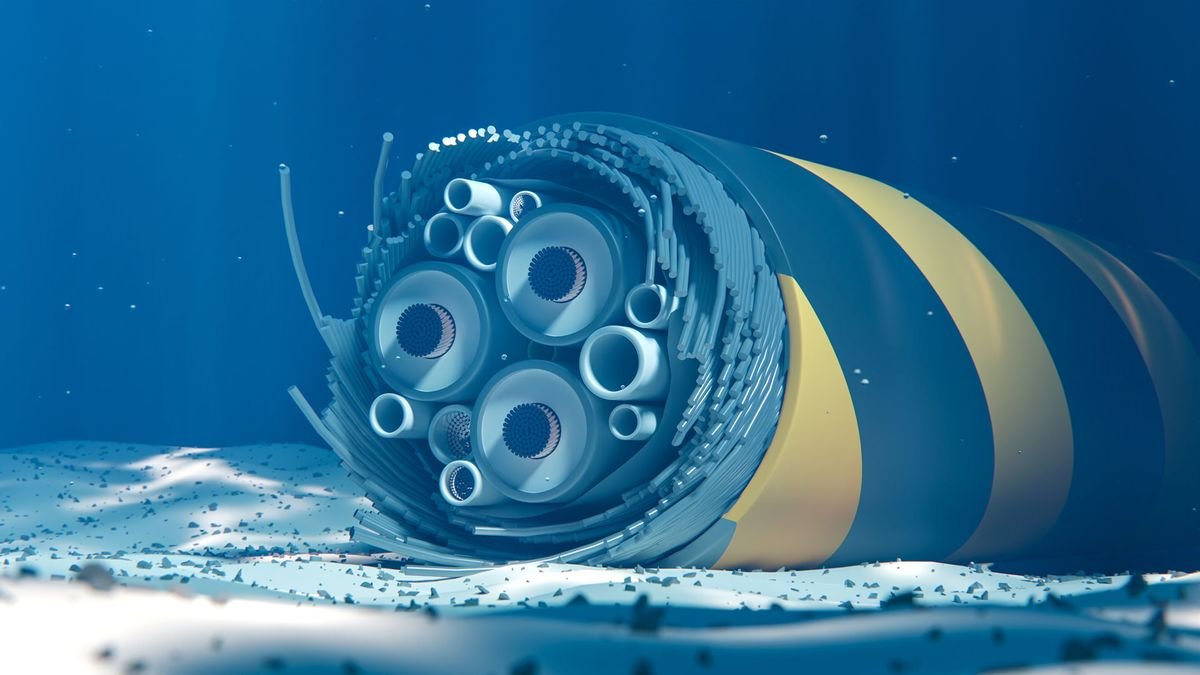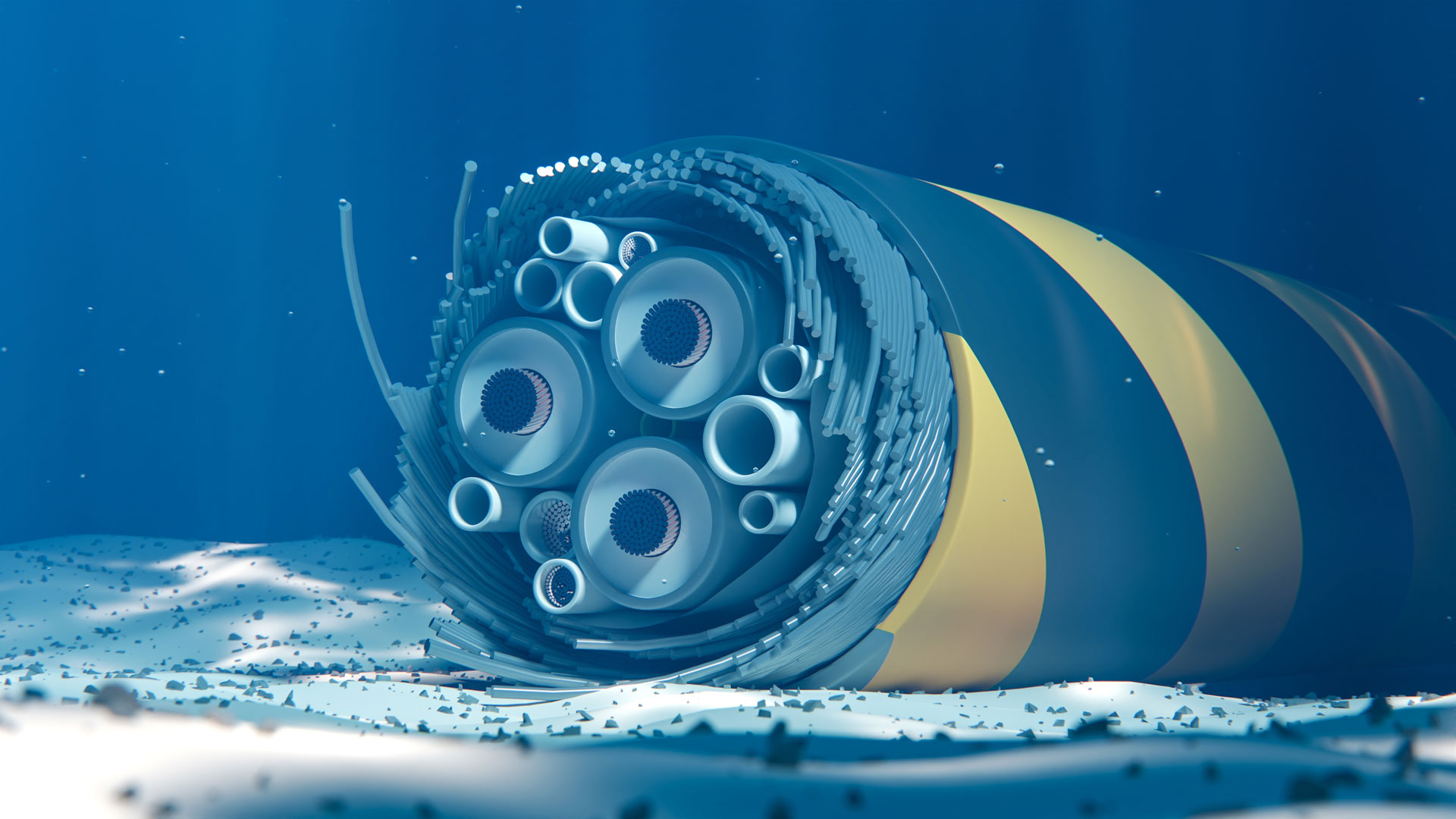Estlink 2, the submarine cable connecting Finland and Estonia, was unexpectedly interrupted on Christmas Day at around 12:26 pm (10:26 am GMT). Although Finnish Prime Minister Petri Orpo said the blackout had not affected the country’s electricity supply, Reuters said it did reduce the available capacity between the two countries from its designed installation capacity of 1,106 MW to 358 MW. After the incident, the suspect Two undersea network cables damaged Connecting Finland and Sweden to the rest of Europe.
Finnish national electricity transmission operator Fingrid said that about 658 megawatts of electricity had flowed from Finland to Estonia at the time of the accident. Estonian electricity transmission operator Elering also acknowledged the incident but has not reported any disruption to its power supply.
There are two submarine power cables between Finland and Estonia: Estlink 1 is located west of Helsinki and Tallinna and has a capacity of 350 MW; Estlink 2 is located east of the two cities and has a larger capacity of 650 MW. Finnish public broadcaster Yle said Estlink 2 was unavailable for several months earlier this year due to maintenance, but the connection was restored in September. For this reason, Fingrid operations manager Arto Pahkin said that the actions of external forces cannot be underestimated.
“The possibility of sabotage cannot be ruled out. However, we are investigating the entire situation and will provide information once the cause is identified.” He also said, “An investigation into the incident has been started.” “Finnish Prime Minister Petteri Orpo also expressed his views on the matter, saying on X (formerly Twitter) (machine translation), “The authorities are still on standby over Christmas and are investigating the matter. “
The Estlink 2 transmission connection between Finland and Estonia was down in the afternoon. Even on Christmas Day, the authorities were awake and investigating. The disruption in transmission connections does not affect the electricity supply for Finns.December 25, 2024
The Baltic Sea is surrounded by NATO member states, and many cables pass through the area, allowing NATO to easily communicate, transmit data and trade electricity. These cables are often marked on charts to help ships avoid them, especially when anchored. However, although rare, accidental damage to these cables still happens and rarely makes the news.
But as Russia’s invasion of Ukraine raises tensions in Europe, everyone is on guard. Suspected incidents further exacerbated the situation Two undersea network cables damaged Connecting Finland and Sweden to the rest of Europe. Since Russia also has direct access to the Baltic Sea, it would be easy to conduct alliance-breaking operations in the region.

